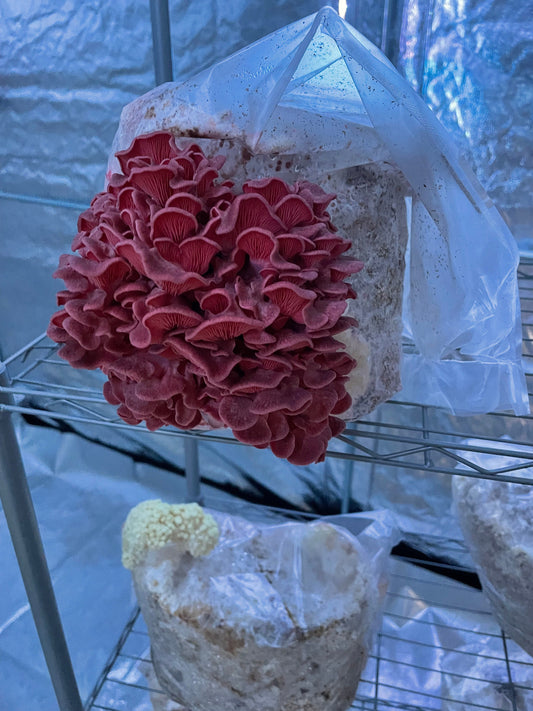Exploring Brain Adaptability
The brain’s ability to adapt and form new connections—often referred to as neuroplasticity—naturally changes over time. Some researchers suggest this may influence memory, focus, and cognitive performance as we age. (1)
Lion’s Mane (Hericium erinaceus) is a fascinating mushroom containing bioactive compounds such as hericenones and erinacines, which have been widely studied in the field of neurological research. (2)
Lion’s Mane in Cognitive Science
Some studies have explored the relationship between Lion’s Mane and neuronal function.
- Animal models have investigated how Lion’s Mane interacts with amyloid-beta plaques, which are commonly studied in relation to brain health. (4, 5, 6)
- A 2020 human study explored the effects of 1g of Lion’s Mane daily for 49 weeks, reporting changes in cognitive test scores compared with baseline measurements. (7)
- Ongoing research continues to examine how bioactive compounds in Lion’s Mane may influence neuronal networks and oxidative stress.
While findings are promising, further human studies are needed to understand its full potential.
Lion’s Mane & Neurological Research
In a 2020 study, researchers examined how Lion’s Mane extract interacted with oxidative stress and neuronal recovery in animal models.
- Certain studies have explored Lion’s Mane in the context of dopamine-producing neurons, a key area of interest in neurological research.
- Other findings have suggested a potential relationship between bioactive compounds in Lion’s Mane and oxidative balance in specific areas of the brain.
While research continues, it is important to note that Lion’s Mane is not a treatment or cure for any condition.
The Bottom Line
Lion’s Mane remains a fascinating subject of research, particularly in the fields of cognitive function and neurological science.
If you’re interested in exploring high-quality, UK-grown Lion’s Mane tinctures, visit the shop section of this website.
At Smart Mushrooms, we are passionate about emerging research in this field and look forward to further developments in the coming years.
How to Incorporate Lion’s Mane Into Your Routine
Many people explore Lion’s Mane as part of their wellness regimen. If you’re trying it for the first time, a gradual introduction may help you find what works best for you.
- A starting amount of 400mg (or 1ml of tincture) is common, with some individuals opting for up to 2000mg daily.
- As with any functional food, consistency is key, and some people choose to take it daily for at least a month before assessing their experience.


